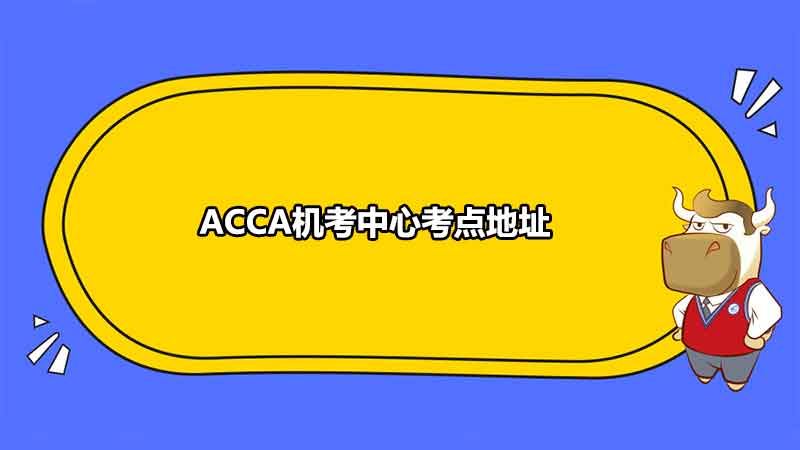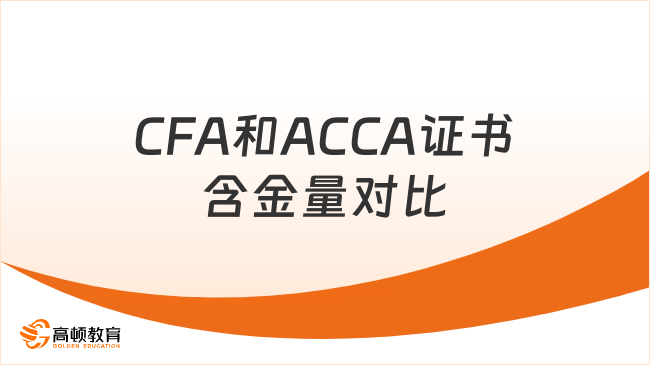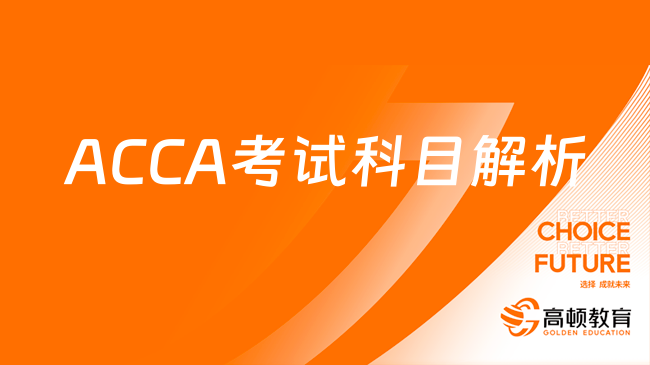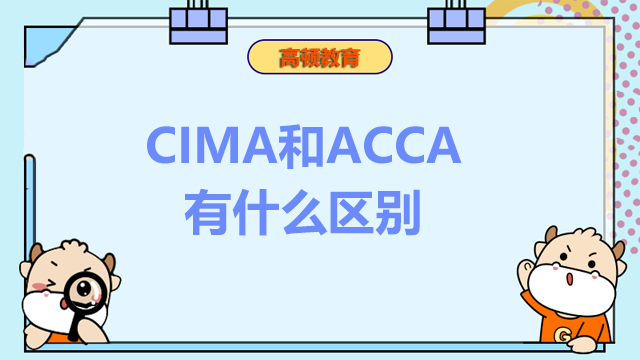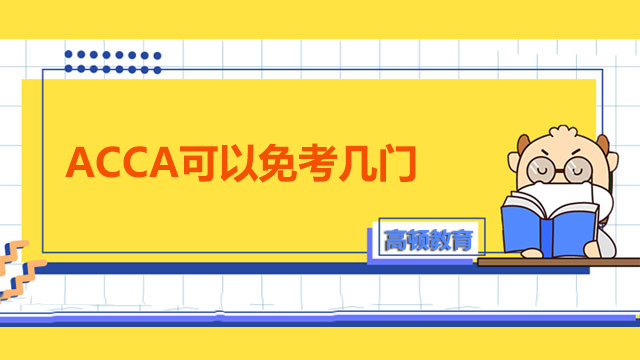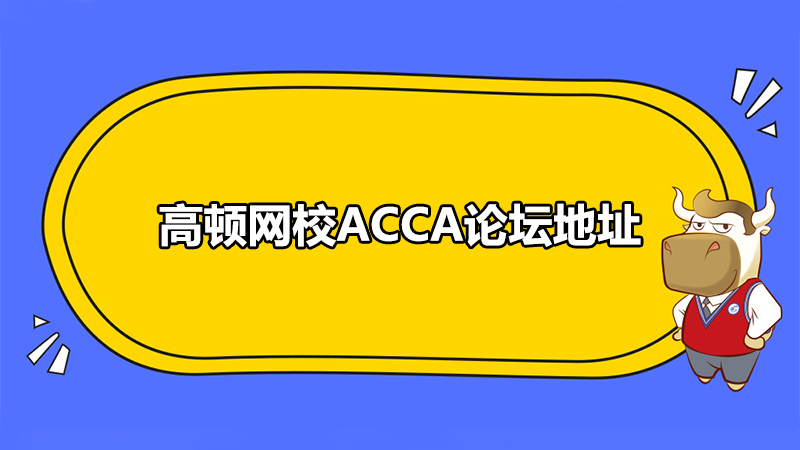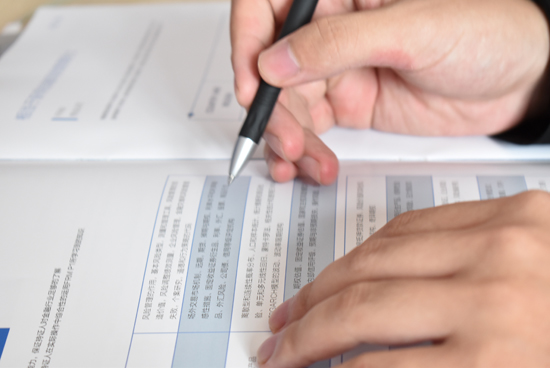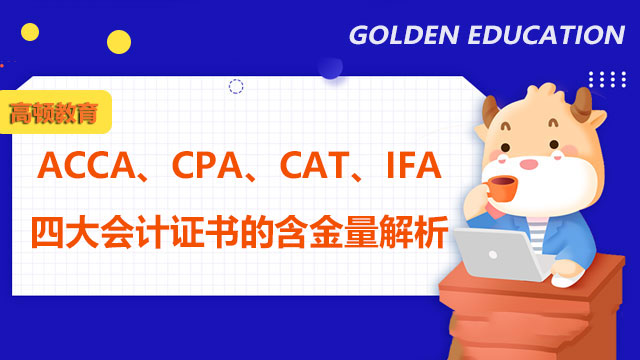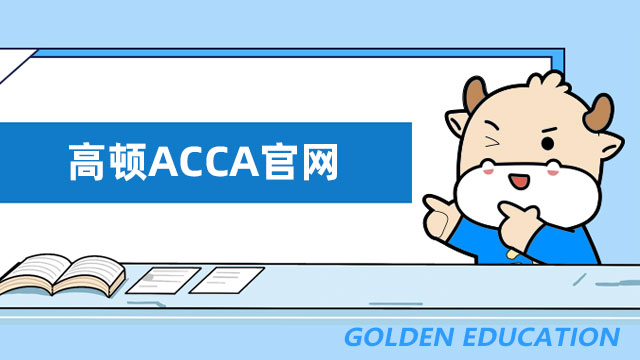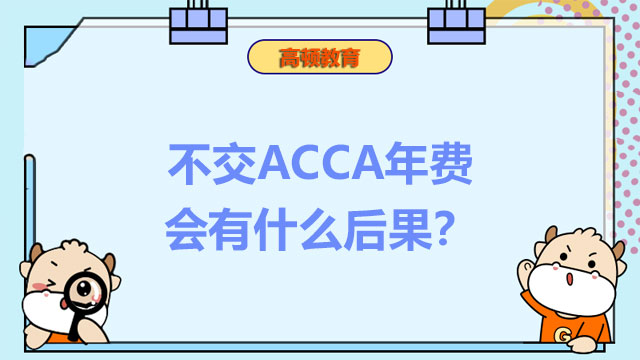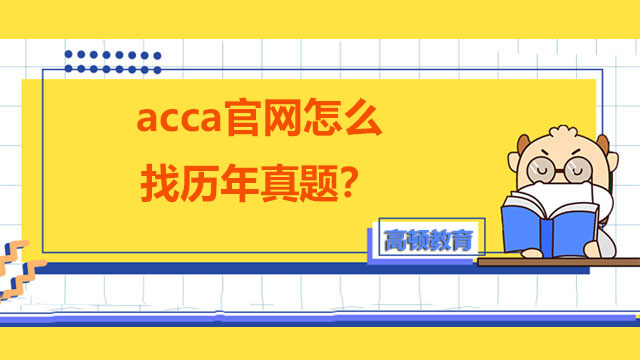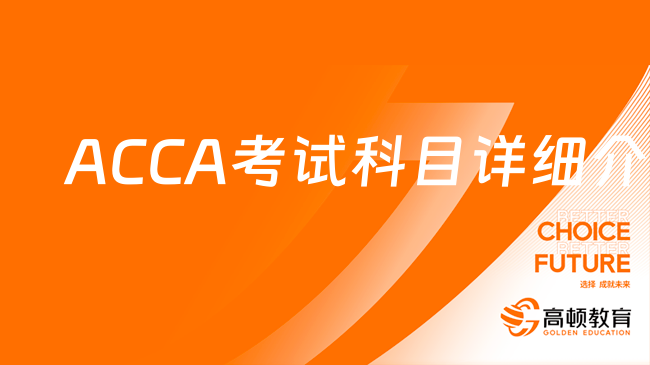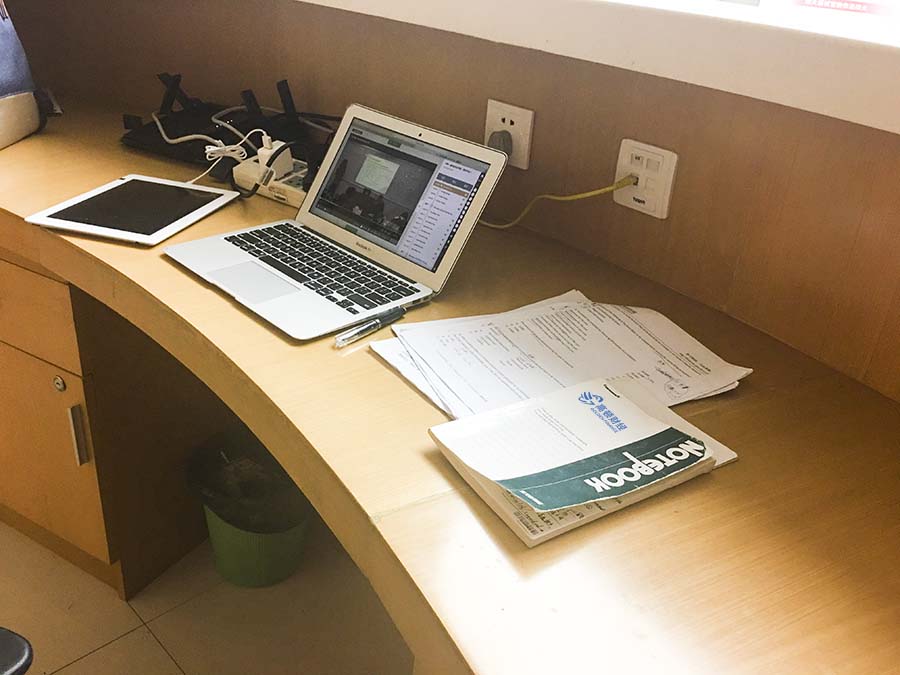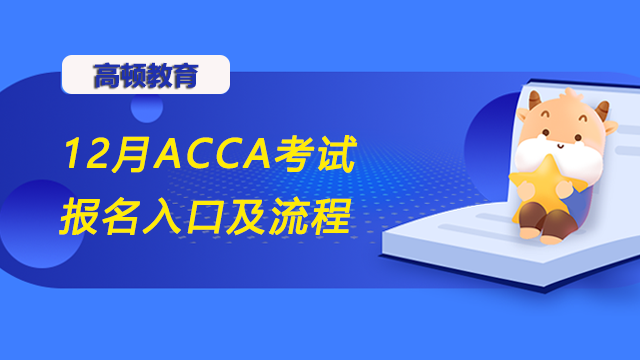2012年ACCA考试辅导资料:P2考官总结
The liability would be recognised initially at the same amount as the asset,ie‘the present value of the lease payments discounted using the lessee's incremental borrowing rate’. The liability would be subsequently amortised using an amortised cost-based approach.
The Discussion Paper also includes proposals on more complex issues,such as renewal options,contingent rentals,and residual value guarantees. All of the proposals are focused on lessee accounting. It is thought that lessor accounting will be dealt with once the tentative proposals in the Discussion Paper have been fully considered by the IASB.
To conclude on leases,if the proposals do eventually form the basis of a new financial reporting standard,it will be one of the most significant developments to arise from the IASB's convergence project. Having one method to account for all types of leases will go a long way to improve consistency and comparability,though some may argue that using one method for all types of lease is too simplistic. An Exposure Draft on leases is expected in the third quarter of 2010.
Income tax
In March 2009,the IASB issued an Exposure Draft 'Income Tax. This exposure draft is also part of the IASB’s long-term convergence project. The Exposure Draft is proposing to replace IAS 12,Income Taxes and is an examinable document for Paper P2 exams in 2010.
The proposals retain the basic IAS 12 approach to accounting for deferred tax,known as the temporary difference approach. The objective of that approach is to recognise immediately the future tax consequences of past events and transactions. Although the proposals retain the same basic principle,the IASB intends to change the methodology used to calculate deferred tax,change some of the definitions,eliminate some recognition exceptions,and introduce guidance on dealing with uncertainties. In addition,the IASB proposes a changed structure for the standard that will make it easier to use. The proposals also more closely align with FASB Statement 109,Accounting for Income Taxes,though some differences may remain.
A change in the methodology used to calculate deferred tax assets and liabilities is proposed. It would only be necessary to consider deferred tax in respect of assets and liabilities where the company expects the recovery or settlement of the carrying amount to affect taxable profit. For example,if a nil tax rate would apply to any taxable or deductible amounts,then no deferred tax arises,as there is no future tax consequence.
A new definition for‘tax basis’(previously known as ‘tax base’) is proposed as‘the measurement, under applicable substantively enacted tax law,of an asset,liability or other item’.
The definition is not very different from before,but the further guidance in the Exposure Draft makes an important point that the tax basis of an asset should be determined based on the assumption that an asset will be sold,and for liabilities on the assumption that the liability will be settled for its carrying amount.
The topic of lease accounting has been long debated,with many preparers and users of financial statements claiming that the current treatment under IAS 17,Leases,is too subjective and can too easily result in off-balance sheet finance.
The Exposure Draft proposes the elimination of recognition exceptions on initial recognition of assets and liabilities and for many investments. The current IAS 12 exception prohibits the recognition of deferred tax liabilities and assets in relation to temporary differences arising on the initial recognition of an asset or liability (other than in a business combination where the asset or liability does not impact accounting profit or taxable profit at the time of recognition).The proposal could result in the recognition of deferred tax arising on the difference between the initial carrying amount of an asset or liability and its tax basis,even if the recognition is nothing to do with a business combination. It is therefore likely that many more balances recognised in the financial statements could result in an associated deferred tax asset or liability.
New guidance has been included to help companies to account for uncertain tax positions. A probability weighted average amount of all possible outcomes should be calculated,based on the assumption that the tax authorities will review the amounts submitted and have full knowledge of all relevant information. Examples of the calculation are provided in the Exposure Draft. In conclusion,there are many detailed changes proposed in relation to the calculation and recognition of deferred tax,though the fundamental principle of comparing book values with tax bases in determining temporary differences remains unchanged.
【整理版】ACCA各科目历年真题
真题高频考点,刷题全靠这份资料
acca全科学习思维导图
梳理核心考点,一图看懂全部章节
2023年acca考纲解析
覆盖科目重难点,备考按照计划走
- acca考试怎么搭配科目?
-
建议优先选择相关联的科目进行搭配报考,这样可以提高备考效率,减轻备考压力,1、F1-F4:为随时机考科目,难度较低,这里可以自行随意选择考试顺序。2、F5-F9:如果你的工作的和财务会计或者审计有关、或者你比较擅长财务和审计的话,推荐先考F7和F8。你可以选择一起考ACCA考试科目F7和F8或者先考F7(8)再考F8(7),这就要取决你一次想考几门。3、P阶段:选修科目中,建议企业首选AFM!第二部分科目进行选择,如果AA和SBR掌握学生更好,可以通过选择AAA,如果SBL掌握的好,可以自己选择APM。
- acca一共几门几年考完?
-
acca一共有15门考试科目,其中有必修科目和选修科目,考生需要考完13门科目才能拿下证书。
- acca一年考几次?
-
acca一年有4次考试,分别是3月、6月、9月和12月,分季机考科目是采取的这类四个考季的模式,而随时机考则是没有这方面的时间规定限制,可以随报随考。
- acca的含金量如何?
-
ACCA证书的含金量是比较高的,从就业、能力提升、全球认可等角度来说,都是比较有优势的证书,其含金量主要表现在以下几个方面:1、国际化,认可度高;2、岗位多,就业前景好;3、缺口大,人才激励。
-
ACCA机考中心考点地址 2023-10-30
-
CFA和ACCA证书含金量对比 2023-09-16
-
今年最透彻的ACCA考试科目解析 2023-09-16
-
CIMA和ACCA有什么区别?两者选哪个好? 2023-09-05
-
ACCA可以免考几门? 2023-09-01
-
ACCA报考条件!大学生能报考ACCA吗?在职人士也能报考ACCA吗? 2023-08-29
-
高顿网校ACCA论坛地址 2023-07-25
-
ACCA报名详细指南:点击了解ACCA考试的费用和流程! 2023-06-16
-
上海对外经贸大学会计专业如何?有没有ACCA免考? 2023-06-13
-
山东财经大学会计专业好不好?能考ACCA吗? 2023-06-13
-
宁波诺丁汉大学会计专业真实评价,有没有ACCA课程? 2023-06-13
-
安徽财经大学会计专业值得报吗?有ACCA方向班吗? 2023-06-13
-
2023年acca注册需要哪些材料?点击查看全套材料清单! 2023-05-11
-
2023年ACCA报考指南详细篇,从流程到费用全解! 2023-05-11
-
ACCA、CPA、CAT、IFA四大会计证书的含金量解析 2023-05-09
-
ACCA、CPA、CAT、IFA四大会计证书的含金量解析 2023-05-09
-
acca报名条件是什么?看看你符不符合要求! 2023-04-27
-
高顿ACCA官网 2023-03-31
-
不交ACCA年费会有什么后果? 2023-03-29
-
acca官网怎么找历年真题?详细步骤一览! 2023-03-10
-
长沙理工大学acca怎么样?好就业吗? 2023-02-23
-
acca考试考点2023年在哪些地方?报考前必看! 2023-02-23
-
CPA考试平均备考时间4年以上,然鹅ACCA却只用... 2023-01-04
-
2023年ACCA考试报名条件 2022-12-19
-
ACCA考试科目详细介绍 2022-12-19
-
acca考试介绍,报考2023年考试必看! 2022-12-06
-
英国国际注册会计师简介,附新手报考指南! 2022-11-23
-
ACCA官网登陆 2022-11-15
-
国际注册会计师acca证书详解,一文给你介绍清楚! 2022-11-11
-
12月ACCA考试报名入口及流程,速看! 2022-11-01
 更多服务
更多服务






